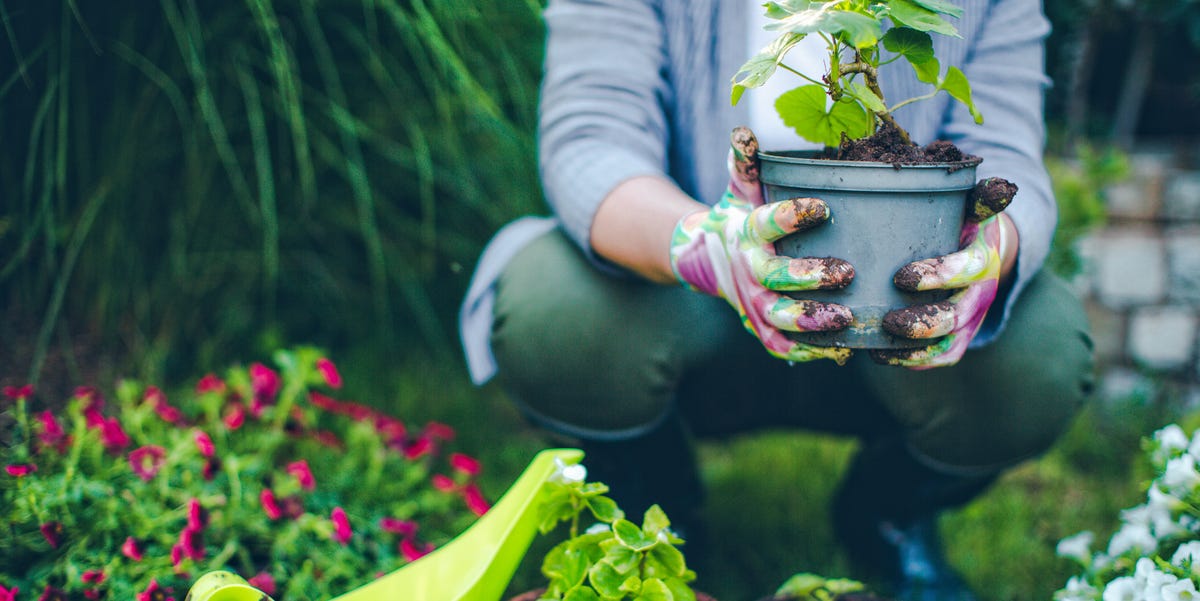Do you want your garden crops and plants to survive any weather conditions? Then just soaking them few hours in the sun is not going to work. To keep your garden fresh and blooming, you should know how to care for it correctly. Here are few efficient methods that will help you with tree or plant care.
Table of Contents
1. Plant Buying
You don’t want to spend money, time, and effort on a disease-carrying plant. It is essential to educate yourself on the characteristics of a healthy plant. When buying a plant, avoid those with insects, dead patches, or rotted stems. Besides, you must confirm that the roots are of the highest quality. If the roots are firm, whitish, and evenly distributed throughout the base of the plant, the quality is excellent. On the other hand, if the roots are black and smelly, the quality is low.
Plants with low-quality roots and diseases not only die quickly, but they also spread their issues onto other healthy plants. As a result, if you want to save your garden from being destroyed, avoid introducing such plants into it. It is recommended that you conduct online research and refer to books, magazines, and catalogs to understand better how a healthy specimen appears.
2. The Right Soil
Using the right kind of soil is essential for a productive and healthy garden. Choose silty, porous, fertile soil with the proper pH level. Invest in organic soil treatments to improve its nutritional offerings.
To allow the plant to breathe and grow freely, the soil should be stirred once a month to ensure it is airy and roomy. It is not suggested to use clay soil since it must be stirred often to prevent crushing and stiffening.
3. Compost Pile
Composting is done to maintain a high temperature for an extended length of time. It is also helpful in destroying pathogens of all kinds. It is advised to utilize a compost pile, which decomposes fully. If you don’t know anything about yard waste, you should avoid using it. Infected plant waste in your pile should also be avoided to stop getting the disease to the plants in your garden.
4. Watering Strategy
Maintaining a healthy garden gets a bit easier once you’ve mastered the watering technique. Watering should be done appropriately and at the right time. Because each plant’s watering needs vary, you must strike a balance between under-watering and over-watering. Make it a habit to water your plant early in the morning.
This gives the roots sufficient time to absorb the water and prevents evaporation from the sun or wind. Garden plants should never be watered at night. This will keep them moist overnight, resulting in bacterial or fungal development and, as a result, potential disease.
5. Clean Up
Clear up the damaged plant components to prevent the disease from spreading across the garden. Dead leaves, stems, foliage, and trash degrade the plant structure and harm new leaves. As a result, instead of devoting energy to production, plants employ it to heal. Hence, you must keep the garden space clean regularly to avoid infections and other challenges.

6. Fertilizer Use
Get the nutritional levels in your plants checked by a specialist. Only then will you be able to determine how much fertilizer to use. When plants are overfertilized, their ability to absorb water decreases and their roots burn. They also grow more vulnerable to damage and disease due to dehydration, heat, cold, and damaged parts. Under-fertilization of plants means that they are not getting enough nutrients, which slows their growth.
7. Proper Placing
Proper plant placement is crucial for stimulating plant growth and maintaining plant health in your garden. You must ensure that plants are not put too closely together, and you must also keep an eye on maturing plants as they expand. This ensures that each plant receives the requisite water, light, and nutrients. If they don’t receive enough of them, they will be damaged and will catch a disease.
If one plant is attacked, it won’t be long before the rest of the garden becomes a target. As a result, cut tight, weak, or dead stalks from plants and, if possible, split or reshuffle them. Additionally, plants should be placed depending on their nature. For example, Schizophyte plants should not be exposed to direct sunlight. Otherwise, they will perish quickly.
8. Buy Disease-Resistant Plants
Many firms now offer disease-resistant plants that are coded. However, this does not rule out the possibility of disease developing in plants. They will expand, but their fighting ability will keep them from falling to death. Nursery staff, local gardeners, magazines, catalogs, the internet, and other resources can all assist you in identifying such plants.
That’s how you can ensure your garden stays healthy and plants productive. Gardening is an art, but mastering it isn’t that difficult. Once you get the hang of it, see your garden blossoming beautifully.
